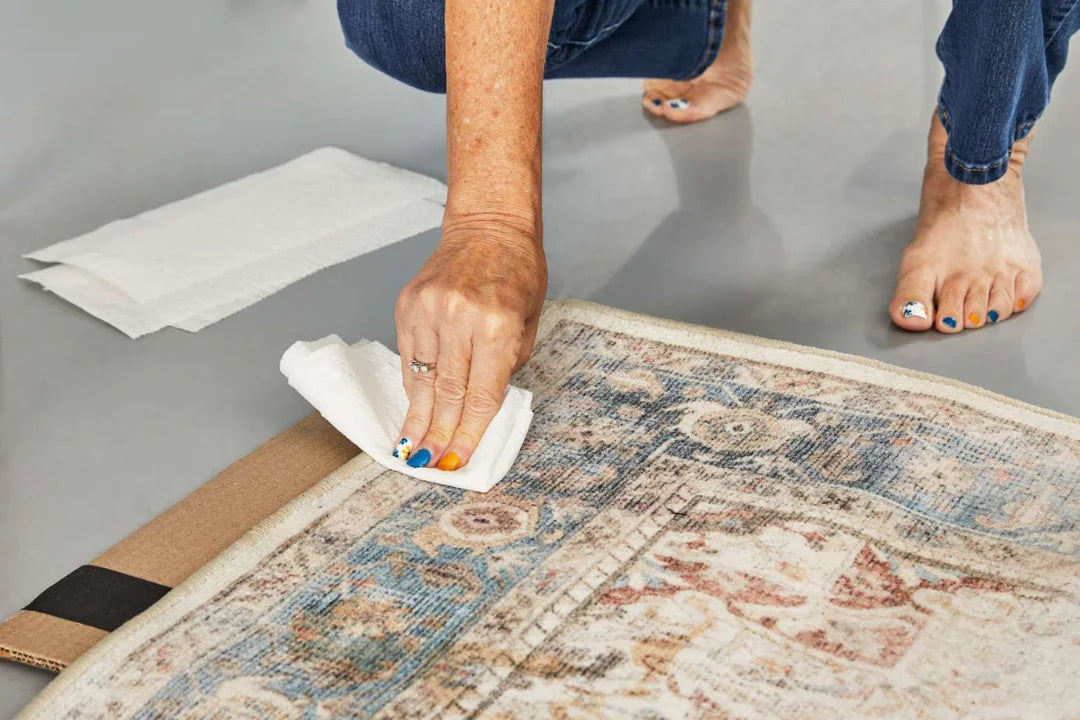
Textiles in Egypt: A Practical Guide to Fabrics, Craft, and Care

Egypt has shaped the textile story for thousands of years. From world-class cotton to vivid handwoven kilims, the country blends heritage with daily living. If you are exploring textiles in Egypt for your home, this guide covers the essentials: the main fabric types, how they’re made, how to choose the right pieces, and simple care tips for long-lasting beauty.
Core Fabrics You’ll See in Egypt
Egyptian Cotton
Known for long fibers, Egyptian cotton feels soft, drapes well, and lasts. You’ll find it in cushion covers, throws, table linens, and bedding. Look for a smooth hand feel and even stitching. If a piece feels rough or sheds, it may be a blend. That’s fine for budget buys, but premium cotton should feel clean and supple.
Kilim and Handwoven Wool
Kilim textiles are flat-woven on traditional looms. They’re strong, reversible, and often decorated with geometric or botanical patterns. Besides rugs, kilim techniques show up in wall hangings, benches, and cushion covers. Wool adds warmth and texture, perfect for living rooms and bedrooms.
Linen and Blends
Linen brings natural texture and breathability. Pure linen wrinkles more but looks relaxed and airy. Cotton-linen blends reduce wrinkling and cost, ideal for table runners, curtains, and light throws.
How Egyptian Textiles Are Made
Many workshops still use handlooms. A weaver sets the warp threads, then passes the weft to lock color and pattern. This process gives each item minor variations that signal character, not defects. Expect small shifts in motif or slight size differences on handwoven pieces. These are signs of real craft.
Choosing the Right Pieces
- For bedrooms: Soft cotton throws, kilim cushions for contrast, and a calm color palette that echoes your rug or headboard.
- For living rooms: Kilim cushions, wool throws, and a statement wall hanging to tie colors together.
- For dining: Linen table runners and placemats. Choose darker tones or patterned weaves for easy maintenance.
Color and Pattern Tips
Pick one anchor pattern, usually your rug or a large wall textile. Then layer simpler solids or small-scale patterns. Repeat one accent color at least three times: a cushion, a throw, and a small accessory. This creates cohesion without clutter.

How to Check Quality
- Weave Density: Hold the textile to the light. Tighter weaves show fewer gaps.
- Stitching: Straight seams and reinforced corners last longer.
- Colorfastness: Dab a damp white cloth on an unseen corner. Heavy dye transfer is a red flag.
- Fiber Content: Cotton and wool should feel natural. Excess shine may indicate high synthetic content.
Care and Cleaning
- Cotton and linen: Cold wash, gentle cycle, air dry. Steam to relax wrinkles.
- Wool and kilim: Vacuum gently. Spot clean with a mild solution. Professional cleaning for deep refresh.
- Sunlight: Rotate textiles near windows to reduce fading.
Where Textiles Fit in Your Home
Start with your rug or sofa as the base. Add cushions in two sizes, a throw for texture, and a wall piece to lead the eye. Keep pathways clear and materials tactile. For a ready-to-shop start, explore our rugs and home textiles, then mix pieces by color family.
Quick FAQ
Are handwoven textiles durable? Yes. With simple care and gentle cleaning, handwoven cotton and wool last for years.
How do I match patterns? Pair one bold motif with smaller, quieter ones. Repeat a color three times in the room.
